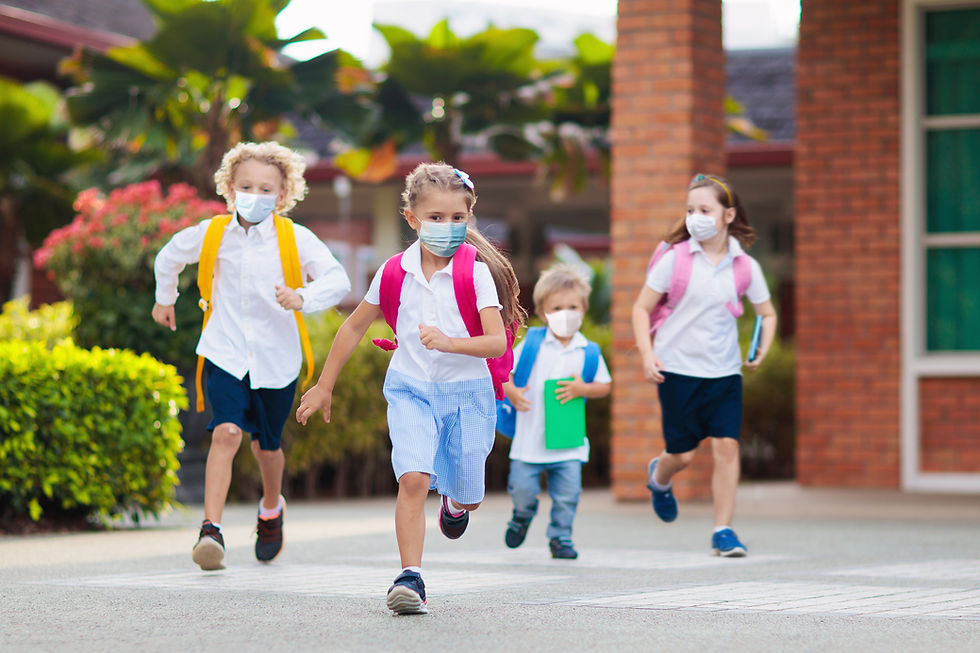

Covid transmission risk by CO2 monitoring

Covid transmission risk by CO2 monitoring

Transmission Risk Air Monitor
Indoor air quality monitor for indicating exposure to airborne viral transmission risk
A cost-effective monitor for use in schools, restaurants, and other small-to-medium sized buildings that alerts users when conditions are present that may increase the risk of exposure to airborne viral transmission.*
Classrooms, restaurants, and buildings with outdated HVAC and ventilation systems can foster environments where the risk of airborne virus transmission could increase.* Honeywell proprietary technology that monitors CO2 levels, coupled with user-controlled settings to account for human activity levels in an indoor area, provides users with a portable, cost- effective, and user-friendly solution that alerts
when conditions are present that may increase the risk of exposure to airborne viral transmission.
Research conducted by scientists at the University of Colorado1 has shown that real-time monitoring of indoor ambient air can be an indicator of increased risk of airborne viral transmission, utilizing different levels of risk-based factors such as CO2 concentration levels and the type of human activity in the area.* The HSE has released further guidance on this topic in the following link:
Using this guidance and Honeywell algorithms, we identified air quality conditions that are driven by common activities and variables such as average room size, number of people present, breathing rate, and duration. The device comes with three pre-programmed indoor activity settings: low activity (movie theatres, libraries, and classrooms), medium activity (restaurants, offices, small clinics), and high activity
(gyms, indoor arenas, recreation centres) and is recommended for coverage of 800-1000 square feet. For each setting, the monitor provides indications using a traffic light pattern (green, yellow, or red) and a sound alarm so users can be aware of
conditions that may increase the risk of airborne transmission based on detectable CO2 levels.
For full details of the Transmission Risk Air Monitor, please see here
*The Honeywell Transmission Risk Air Monitor (HTRAM) analyzes specific air quality conditions and alerts the user when conditions are present that may increase the risk of exposure to airborne viral transmission. It does not prevent or reduce virus transmission nor mitigate viruses that may be present, nor does it detect or warn against the presence of any virus, including but not limited to COVID-19. The HTRAM does not repel or destroy any microorganism, viruses, bacteria, or germs.
• It is buyer’s sole responsibility (1) to determine the suitability of the HTRAM for use in its application, (2) to operate the HTRAM in accordance with the user manual and any other instructions provided by Honeywell, (3) to determine, based on buyer’s experience, expertise, and other available tools, the suitability of any product or service it may offer or recommend to the end user.
• Buyer is responsible for determining whether the product is appropriate for use under certain statutory guidelines and are likewise responsible for determining whether the HTRAM is subject to any government reimbursement programs.
• Any recommendations or assistance provided by Honeywell regarding the use or operation of the HTRAM – through our literature, the Honeywell web site, or otherwise – shall not be construed as representations or warranties of any kind, express or implied, and such information is accepted at buyer’s own risk and without any obligation or liability to Honeywell.
• The information we supply in this data sheet is believed to be accurate and reliable as of this writing. However, specifications may change without notice, and Honeywell assumes no responsibility for its use.
• This product contains a lithium-ion battery and aluminum alloy, and other types of materials. Upon receipt of the product, the customer is responsible for proper use, transport, storage, and disposal of the product based on the battery and material type, including but not limited to applicable governmental requirements for proper disposal.
• The HTRAM does not detect for levels of CO2 that would make for an unsafe or unsuitable breathing environment.
Key Words:
covid 19, viral transmission risk, CO2 indoor air quality, airborne viral transmission,





